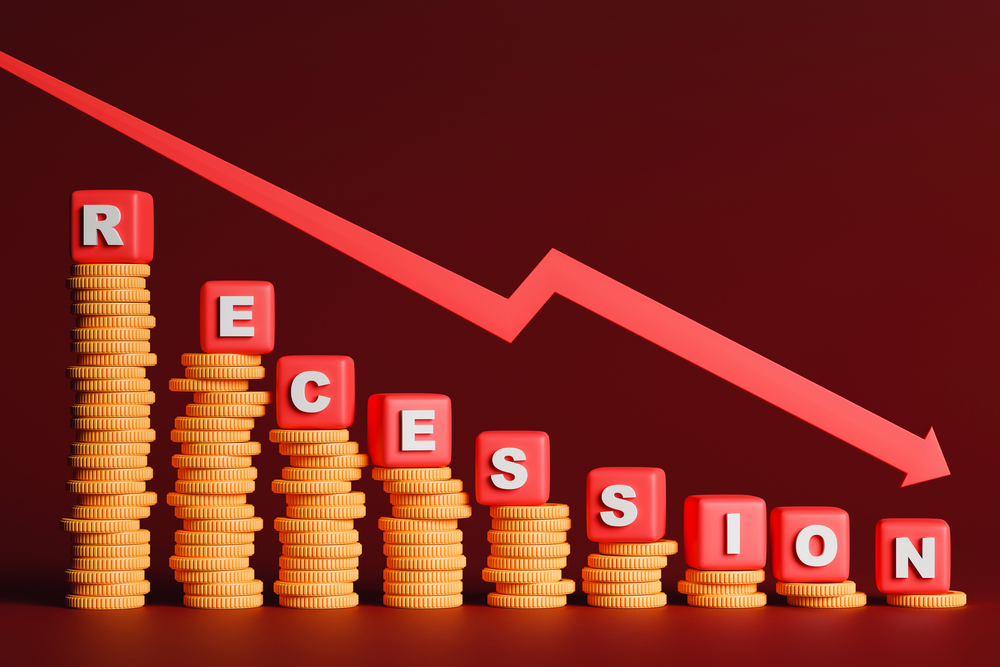Wise Up
What Is Rupee Cost Averaging?

When you are starting out on your investment journey, a lot of people will tell you, “Start with SIPs (i.e. Systematic Investment Plans)”. They don’t ask whether it’s your first time investing, or whether you have any knowledge of how the market works. Yet, they feel confident in recommending starting with SIPs.
Why? Why is this the advice to give new investors? What about SIPs makes them a well-suited option for young or first-time investors?
Well, this is because of something called Rupee Cost Averaging – which is what this blog is all about. Let’s do this – one question at a time.
What is Rupee Cost Averaging?
Simply put, rupee cost averaging means averaging out the cost at which you are buying units of any mutual fund.
This essentially means that you will not be investing a lump sum amount into any number of units of your selected fund. Instead you will break up that lump sum to make regular investments over a period of time while the prices of these units vary. This increases your chances of being able to purchase a larger number of units, and potentially earn higher returns – all while staying within your investing budget!
Think of rupee cost averaging as the tool that allows you to withstand some of the fluctuations of the market while enabling your investment to still yield some returns at the end of your investment period. Let’s walk through an example to see what this actually means.

Here are two tables – one is an example of how lump sum investing works, and the second illustrates how rupee cost averaging works. We’ll start by taking a look at lump sum investing –
Table 1 Scenario – You have ₹600 to invest. So you invest it all at once today, and then stop investing for the next 5 months.
Month | Amount Invested | Net Asset Value (NAV) | Units Purchases |
April | ₹600 | ₹10 | 60 |
May | ₹0 | ₹10 | 0 |
June | ₹0 | ₹6 | 0 |
July | ₹0 | ₹5 | 0 |
August | ₹0 | ₹6 | 0 |
September | ₹0 | ₹5 | 0 |
| ₹600 (Total) | ₹10 (Your Buying Price) | 60 (Total) |
Table 1: Lump Sum Investing
^Now suppose you have decided to invest ₹600 in the next 6 months, and are happy to make a lump sum investment, so you invest the whole amount today and put investments out of your mind for the next 6 months. Today, one unit of your selected Mutual Fund costs ₹10, which means you have now purchased 60 units of said fund, at ₹10 per fund. Market fluctuations over the next 6 months have no role to play in your investment.
Now let’s see what the rupee cost averaging model of investing looks like –
Table 2 Scenario – You have ₹600 to invest. You decide to invest ₹100 each month for 6 months.
Month | Amount Invested | Net Asset Value (NAV) | Units Purchases |
April | 100 | 10 | 10 |
May | 100 | 10 | 10 |
June | 100 | 6 | 16.67 |
July | 100 | 5 | 20 |
August | 100 | 6 | 16.67 |
September | 100 | 5 | 20 |
| 600 (Total) | 7 (Average) | 93.34 (Total) |
Table 2: Rupee Cost Averaging
Stuck with the same budget! You have ₹600 that you want to invest in 6 months, but you decide to spread out your investments and decide to invest ₹100 each month. You are not putting investing out of your mind, instead, you are making it a part of your monthly financial routine (yay!).
Assume you are buying the mutual fund unit at a NAV of ₹10, then for the first month, you are buying 10 units of the fund. Now the market ups and downs are going to come into play. In the months when the NAV drops, you are going to buy more units for the same ₹100 investment, like when it is ₹5, you are buying 20 units for that same ₹100 investment. At the end of 6 months, through SIPs and thanks to rupee cost averaging, you have purchased 93.34 units which is over 30 units more than the lump sum investments.
How is Rupee Cost Averaging Helpful for the Young Investor?
Other than the monetary benefit we just illustrated; rupee cost averaging is helpful because it helps investors reduce some of the complications that can arise in their investment journeys owing to a newbie-level understanding of the market.
Rupee cost averaging can inculcate a sense of discipline in the investor. Being regular with small investments, and then staying invested for longer periods of time can truly unlock the potential of compounding – and ultimately it will help you elevate your financial portfolio from ‘gaining returns’ to ‘generating wealth’ status!
So, the next time someone suggests that you start investing in SIPs, you’ll know why!
- More From The Personal Finance

